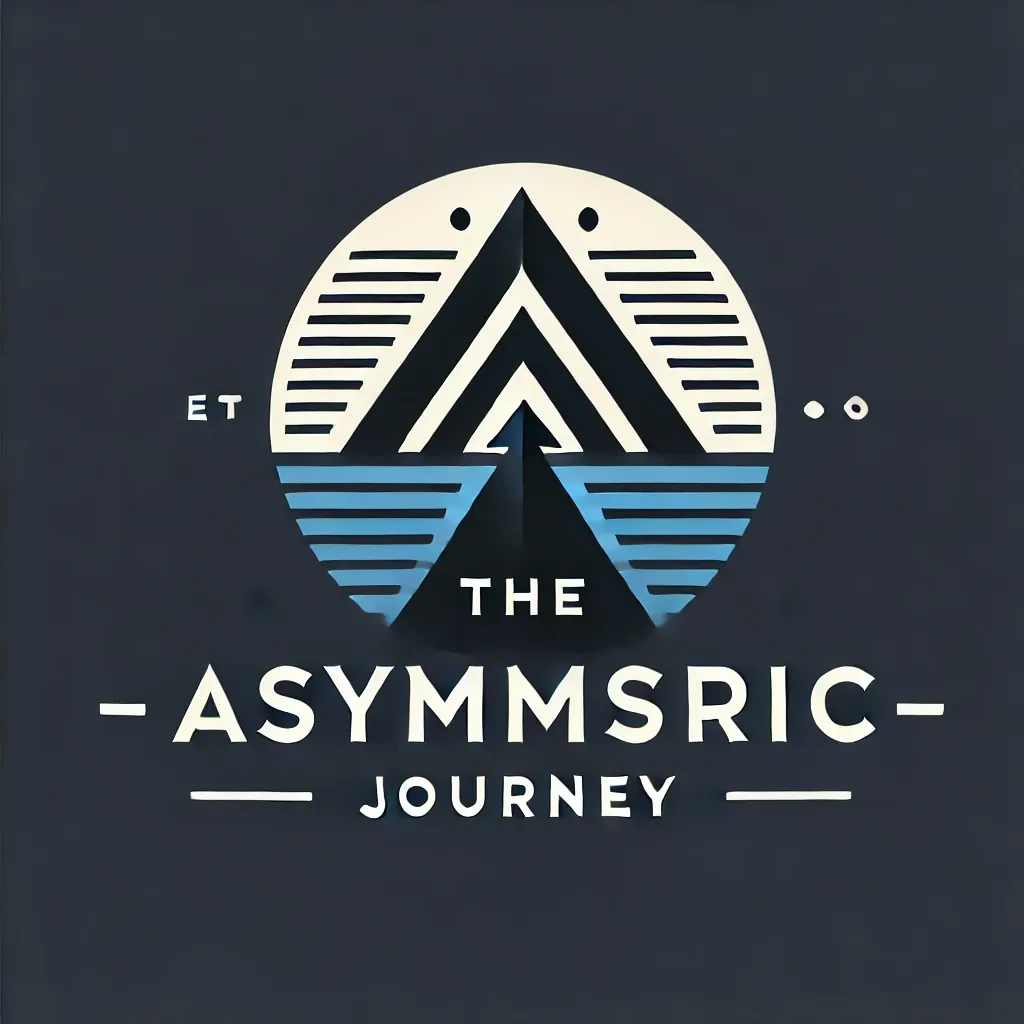A Simple Script for Honest User Interviews
A quick, 30-minute script to help you conduct honest user interviews—no leading questions, just real stories and actionable insights.

I have been meaning to write a post about concepts discussed in the books Talking to Humans (Giff Constable, 2014) and The Mom Test (Rob Fitzpatrick, 2013), but I’d like to read the latter first.
The idea behind these books is how to properly conduct user interviews that validate business ideas by focusing on real problems, past experiences and actual human behaviour, rather than asking questions that yield seemingly positive - but probably empty - feedback.
An example is the best way to explain what I mean. Imagine you come up with a solution to a problem of your own and want to validate it with users before building anything. The most intuitive approach for many is to ask, “Would you use something like this?” To that, most kind people would say, “Yeah!” (assuming the idea is at least somewhat useful to them).
The problem is using such affirmations as validation to justify building something. Why? As Fitzpatrick puts it, everyone is lying to you - even your mom. They don’t lie to hurt you, but because predicting future behaviour is difficult.
That means when someone answers the question above, they’re probably thinking, “Yeah, that’s a great idea and a reasonable way to do what I need. I should encourage this person to follow through.” But it tells you nothing about their intention to buy when your product is ready.
So, what’s this post about?
I needed to run some user interviews when working with my friends at Tierra - about which I’ve already written here and here - so I had to prepare a script to make sure I extracted the most useful information in just 30 minutes.
By then, I had read Talking to Humans, so I knew a bit more and roughly understood what to avoid. It was my first time doing something like this, and I needed help preparing, so I turned to - you guessed it - ChatGPT (using this GPT).
My specific use case was a bit different because we were trying to sell something we had built internally for marketing, so we approached the market with a solution rather than a problem. Our interviews had to help us figure out the problem that those who showed interest in our product actually had.
In this post, I want to share the script I followed to do just that. I hope others find it useful when preparing their own interviews.
So, without further ado...
Product User Feedback & Prioritisation Interview Script
Quick Intro (2 minutes)
“Thanks for taking the time to chat. We’re not here to sell you anything – we’re trying to understand how our product fits into your needs, what’s working, and what we should prioritise next. Honest feedback helps us build something genuinely useful.”
Understanding Their Context (3–5 minutes)
- “Can you tell me a bit about your project and what made you interested in our product?”
- “What specific use case or problem were you hoping to solve when you first saw it?”
- “How do you imagine it fitting into your product or workflow?”
(Goal: Anchor the conversation in their current needs and expectations.)
Exploring Usage & Expectations (10 minutes)
- “Have you tried our product in your environment yet? What was that like?”
- “What’s been the most useful thing about it so far?”
- “Is there anything that didn’t work as you expected or felt frustrating?”
- “If you could wave a magic wand and improve our product instantly, what would you change or add?”
(Goal: Identify what’s resonating, what’s lacking, and where their expectations differ from reality.)
Prioritisation of Needs (7 minutes)
- “What’s the most critical thing our product should do for you to be valuable long-term?”
- “If we could only improve one thing in the next month, what would matter most to you?”
- “How do you see this evolving as your project grows? Are there features you don’t need now but expect to in the future?”
(Goal: Understand their priorities to guide dev decisions.)
The Broader Picture (Optional, 5 minutes)
- “Are there any other tools or systems you’ve used for similar purposes? How does our product compare?” (This helps uncover expectations even if they haven’t used a similar product.)
- “Are there specific challenges in the ecosystem that you think a product like ours could help with?” (Goal: Discover ecosystem-specific opportunities or gaps.)
Wrap-Up (2 minutes)
- “Is there anything I didn’t ask that you think would be useful for us to know?”
- “Can I follow up with you as we make updates based on this feedback?”
- [Optional:] “Do you know anyone else working on similar projects who’d be open to chatting?”
That’s it, folks
My intention today was just to share this script because I thought others might find it helpful.
I really want to write more in-depth on this topic later, since it’s something I’m deeply interested in. What better way to find problems to solve than by talking to people? That’s my asymmetric bet.
If you’ve run interviews following these principles or found this post useful, please share your experiences in the comments. I’d love to hear about them.
’Til next time ;)
